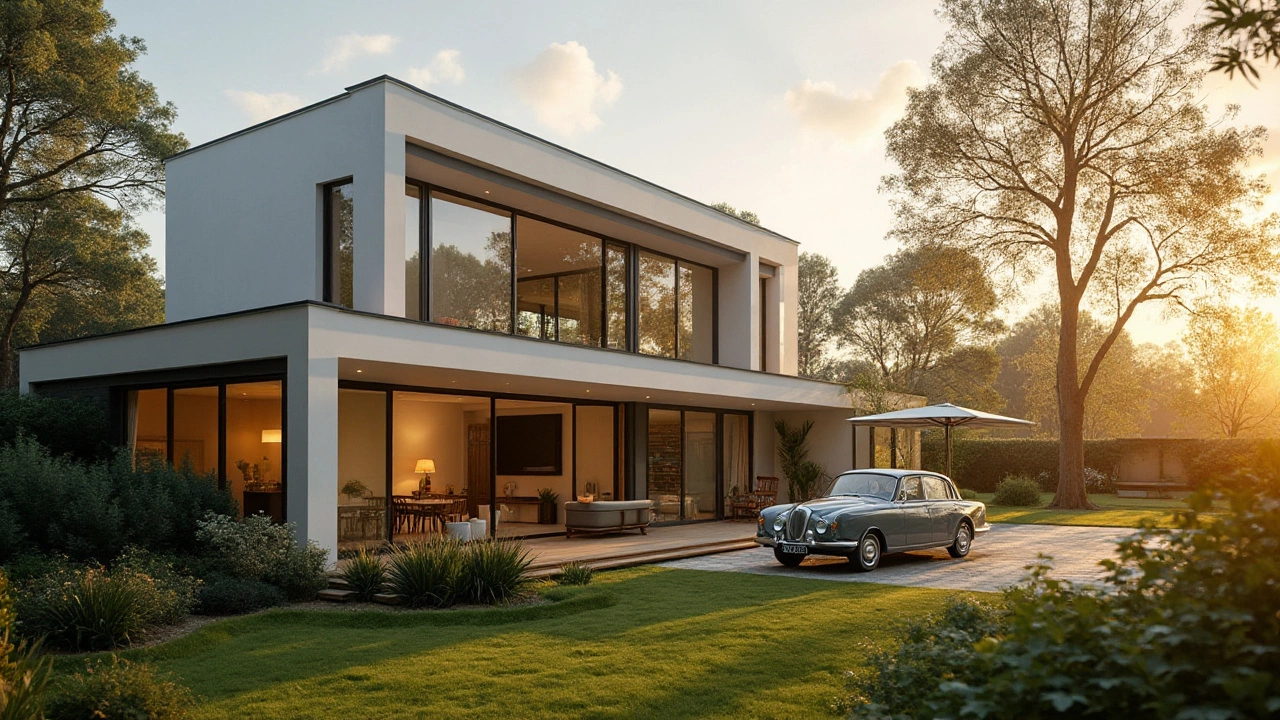Modern and contemporary houses often get mistaken for one another, yet each carries its own unique design principles and aesthetics. Modern houses are rooted in a specific time period, showcasing mid-century features such as clean lines and functional decor. Contemporary houses embrace the current trend, focusing on flexibility and innovation. This article delves into the distinctions between these two styles, providing insights and tips on how to identify and create a home that aligns with each design philosophy.
Design Styles: Simple Ways to Find Your Perfect Look
Ever walked into a showroom and felt overwhelmed by the sheer number of styles? You’re not alone. The good news is you don’t need a design degree to pick a look that works for you. Below you’ll get clear steps, handy tips and real‑world examples that you can apply right now.
Start with the Basics – What’s Your Vibe?
First, think about the feeling you want in each space. Do you crave the clean lines of modern design, the cosy warmth of a country cottage, or the bold energy of an industrial loft? Write down one word for each room – “calm”, “playful”, “sophisticated”. That word becomes your compass when you browse tiles, furniture or décor.
For a living room that needs to pop, pair a neutral sofa with a bright accent wall or a statement rug. If you love the idea of a curtain‑free window, try the current “bare window” trend: use sheer blinds or frosted glass for privacy while letting natural light flood in.
Mixing Styles Without the Mess
Mix‑and‑match can feel risky, but it works when you keep a common thread. Try using the same metal finish (like matte black) across lamps, handles and picture frames. Or let a single colour tie together a modern sofa, an industrial coffee table and a vintage rug.
When you’re unsure about drapes, remember the rule: if you need privacy or block light, go for light‑blocking curtains; if the room already feels cozy, skip them and use layered lighting instead. The key is to stay purposeful – every piece should solve a problem or add a clear style cue.
Don’t forget the small details that make a style feel complete. A trippy room, for example, might use neon LED strips, bold geometric prints and a few psychedelic art pieces. Even a simple splash of colour on sofa cushions can transform a plain modern sofa into a focal point.
Once you’ve chosen a core style for a room, test it out. Place a few samples – a tile swatch, a fabric swatch or a picture of a furniture piece – on the floor and live with them for a day. If they still feel right after lunch, you’ve likely hit the sweet spot.
Finally, remember that design is personal. Trends like “bare windows” or “trippy decor” are tools, not rules. Use them only when they serve your vibe and budget. When you blend practicality with a clear style direction, your home will look intentional, not random.
Ready to start? Grab a notebook, walk through each room, pick one word, and then match tiles, furniture and accessories that speak that language. Your perfect design style is just a few decisions away.
